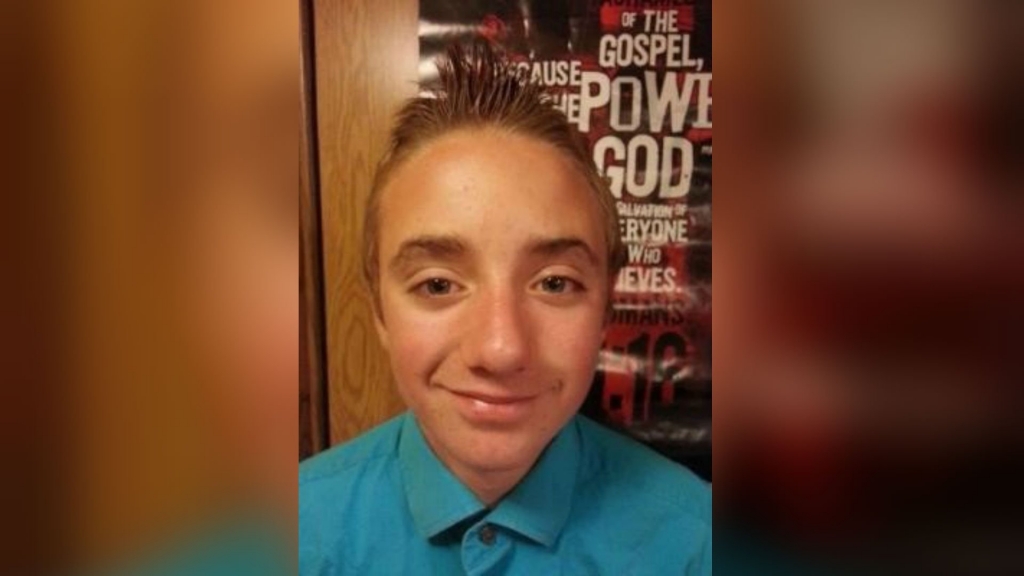-
Tips for becoming a good boxer - November 6, 2020
-
7 expert tips for making your hens night a memorable one - November 6, 2020
-
5 reasons to host your Christmas party on a cruise boat - November 6, 2020
-
What to do when you’re charged with a crime - November 6, 2020
-
Should you get one or multiple dogs? Here’s all you need to know - November 3, 2020
-
A Guide: How to Build Your Very Own Magic Mirror - February 14, 2019
-
Our Top Inspirational Baseball Stars - November 24, 2018
-
Five Tech Tools That Will Help You Turn Your Blog into a Business - November 24, 2018
-
How to Indulge on Vacation without Expanding Your Waist - November 9, 2018
-
5 Strategies for Businesses to Appeal to Today’s Increasingly Mobile-Crazed Customers - November 9, 2018
Health officials say amoeba did not kill Minnesota youth
But the department said Monday that tests by the U.S. Centers for Disease Control and Prevention have determined that Hunter died from a streptococcal bacterial infection of the brain instead.
Advertisement
As a standard confirmation step, testing was conducted at CDC to verify that initial finding.
The department in early July reported it was investigating whether Hunter had contracted primary amebic meningoencephalitis after apparently being exposed to the freshwater amoeba Naegleria fowleri after swimming in Lake Minnewaska near Alexandria, Minn. The infection can happen after water goes up a swimmer’s nose allowing an amoeba to reach the brain.
Streptococcus meningoencephalitis is the most common cause of bacterial meningitis in children and adults in the United States, the Mayo Clinic says. MDH officials initially announced PAM as a possible reason based on clinical findings and preliminary lab testing. There have been fewer than 130 confirmed cases in the past 50 years. Both of them became infected while swimming at Lily Lake near Stillwater. The results also don’t change the fact that there’s always a very low-level risk of ameba infection when swimming in fresh water.
Advertisement
PAM is also suspected, but unconfirmed, as the cause of death for two other children, the Pioneer Press reported.





























